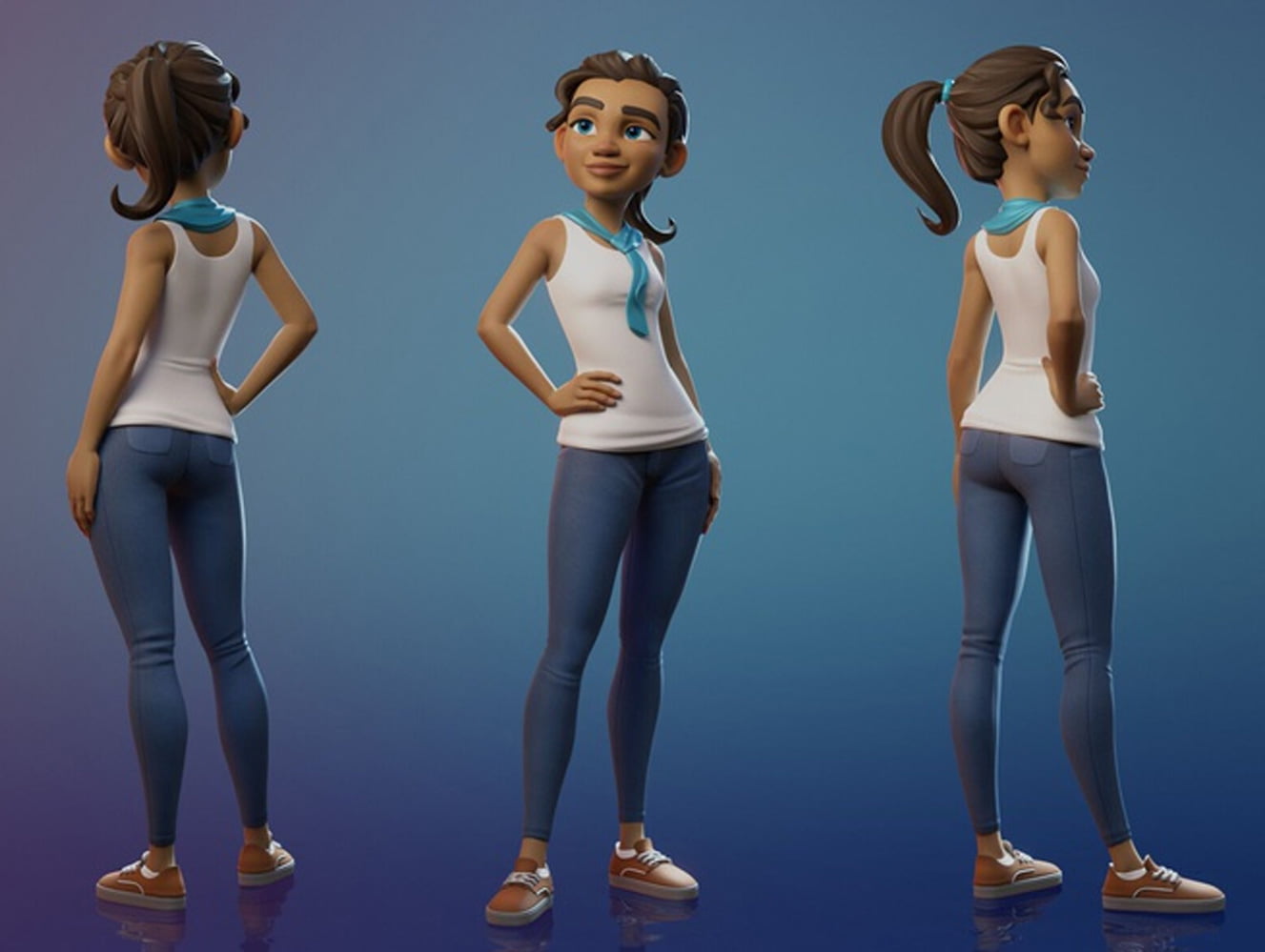What is Reconstituted Water?
Reconstituted water refers to water that has been restored or recreated by adding purified or sterile water to a concentrated or dried substance. In simple terms, it is not just plain water but water used to bring a powder, concentrate, or freeze-dried product back to its original liquid form.
Unlike distilled or purified water that is processed for direct consumption or laboratory use, reconstituted water is part of a preparation step. For example, when a powdered medication needs to be converted into a liquid for injection, sterile water is added. The resulting solution is what professionals describe as reconstituted.
This distinction makes reconstituted water important in both medical and industrial contexts, where precision and sterility are critical.
How Reconstituted Water is Made
The process of making reconstituted water depends on the intended application. In pharmaceuticals, sterile water for injection (SWFI) or bacteriostatic water is commonly used. These types of water undergo purification processes such as:
- Distillation – heating water into steam and condensing it back into liquid
- Deionization – removing charged ions and minerals
- Reverse osmosis – filtering water through semi-permeable membranes to remove impurities
Once purified, the water is combined with a powder or concentrate to create a solution or suspension. In food applications, reconstituted water is formed when mixing powdered drinks, coffee, or infant formula with clean water.
In both cases, the quality of the water matters because contaminants can affect the final product’s safety, taste, or stability.
Applications of Reconstituted Water
Reconstituted water plays an essential role across multiple industries.
Pharmaceutical and Medical Use
Reconstituted water is most commonly associated with the healthcare sector. Many injectable drugs, vaccines, and antibiotics are freeze-dried to increase shelf life. Before administration, they must be reconstituted with sterile water. This ensures patients receive the correct dosage in a safe, stable liquid form.
Food and Beverage Industry
In everyday life, reconstituted water appears in simple tasks such as mixing instant coffee, sports drinks, or powdered juices. Infant formula, one of the most critical applications, requires clean and safe water to ensure the baby’s health. Beverage manufacturers also rely on reconstituted processes to maintain consistent flavor and nutritional quality.
Scientific Research
Laboratories use reconstituted water when preparing solutions for experiments. This ensures accuracy in chemical reactions, biological tests, and microbiological studies. The reliability of reconstituted water directly impacts experimental outcomes.
Reconstituted Water in Pharmaceuticals
In the pharmaceutical industry, reconstituted water has strict regulatory standards. Drugs such as vaccines, insulin, and antibiotics often come as lyophilized (freeze-dried) powders. They must be mixed with sterile water immediately before use.
The United States Pharmacopeia (USP) and World Health Organization (WHO) set specific guidelines on water used for reconstitution. For instance:
- Sterile Water for Injection (SWFI): Free from antimicrobial agents, used for single-dose injections.
- Bacteriostatic Water: Contains a small amount of preservative, allowing multiple uses.
A practical example is the reconstitution of powdered penicillin. Without properly sterilized water, the solution could become contaminated and unsafe for injection.
Safety and Quality Standards
The safety of reconstituted water relies on both the purity of the water and the process of reconstitution. Contaminated or improperly handled water can lead to microbial growth, degraded medicines, or health risks.
Key guidelines include:
- Sterility requirements: Only sterile water should be used for injections.
- Packaging integrity: Vials and ampoules must remain sealed until use.
- Storage conditions: Reconstituted solutions often have limited stability and must be used within specific timeframes.
Global standards from the FDA, USP, and WHO ensure that water used in reconstitution meets pharmaceutical-grade quality.
Reconstituted Water vs Other Types of Water
Although the terms purified, distilled, and reconstituted water may sound similar, their uses differ:
- Distilled Water: Produced through distillation, mainly for laboratory or household use.
- Purified Water: Cleaned using reverse osmosis or deionization, often bottled for drinking.
- Reconstituted Water: Created when purified water is added to powders or concentrates.
- Tap Water: Contains minerals and chlorine, unsuitable for pharmaceutical reconstitution.
The difference lies not in the water itself, but in its role and the context in which it is used.
Challenges and Considerations
Reconstituted water poses several challenges in handling and storage. Once prepared, solutions often have a short shelf life, particularly in pharmaceuticals where stability and sterility are crucial.
Contamination is another risk. Using non-sterile water in injections or infant formula can result in serious infections. For this reason, strict hygiene and compliance with pharmacopeia standards are mandatory.
Another common misconception is that reconstituted water refers to a separate type of water. In reality, it describes a process where purified water is used to create a solution or suspension.
Future Perspectives and Innovation
Technological innovations are shaping the way reconstituted water is prepared and used. In pharmaceuticals, automated reconstitution systems are being developed to reduce human error and contamination.
In consumer markets, smart packaging with pre-measured powder and built-in sterile water reservoirs is being tested. This could make reconstitution safer and more convenient in both medical and food applications.
The emphasis remains on ensuring safety, efficiency, and global accessibility—especially in regions where clean water is not always available.
FAQs
1. What is the difference between reconstituted and distilled water?
Distilled water is purified by distillation, while reconstituted water results from adding sterile or purified water to a powder or concentrate.
2. Is reconstituted water safe to drink?
Reconstituted water in food applications, such as instant drinks, is safe when made with clean water. In pharmaceuticals, it must meet sterile standards.
3. Why is sterile water used for reconstitution in medicine?
Sterile water prevents microbial contamination, ensuring injections and solutions remain safe for patients.
4. Can I use tap water for reconstituting infant formula?
Tap water may contain contaminants or excess minerals. It is safer to use boiled, cooled water or bottled purified water.
5. What happens if contaminated water is used in reconstitution?
Contamination can compromise product safety, reduce drug effectiveness, and cause infections.
6. How long can reconstituted solutions last?
Most pharmaceutical reconstituted solutions must be used immediately or within a few hours. Food reconstitutions, like juices, can last longer if refrigerated.
7. Are there global standards for reconstituted water?
Yes, organizations like USP, WHO, and FDA provide strict quality requirements for pharmaceutical water.




